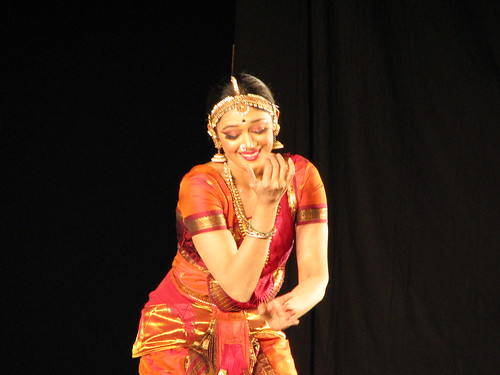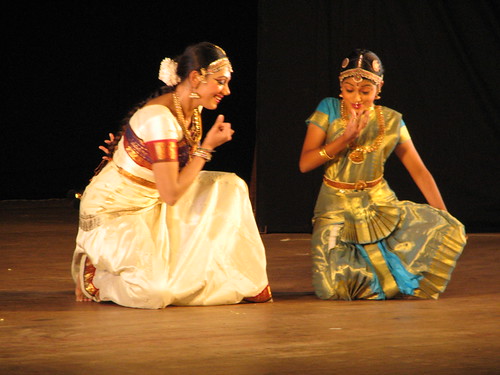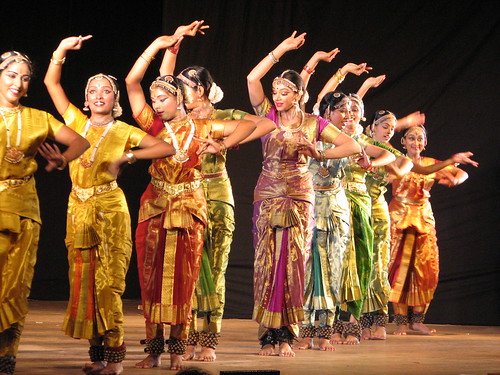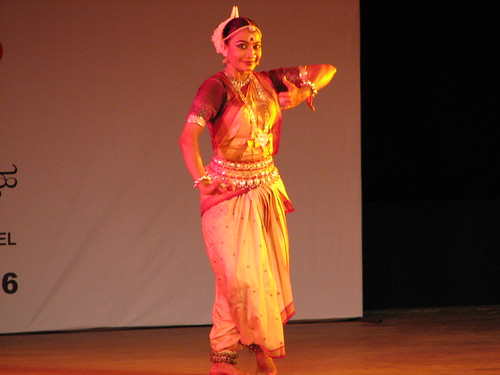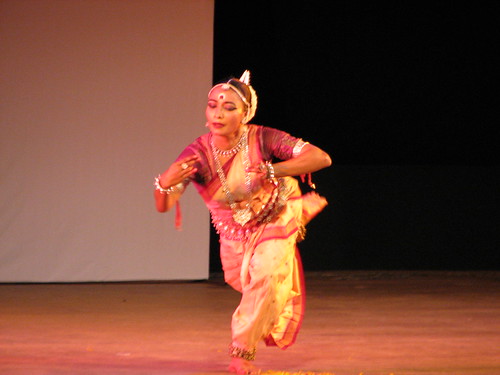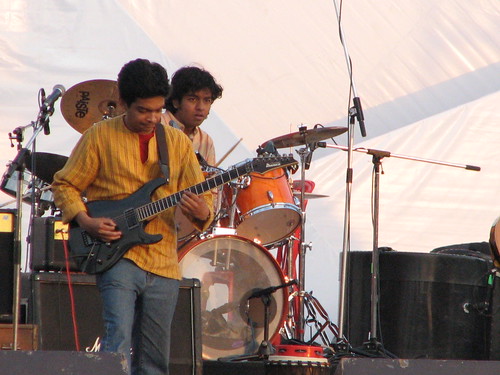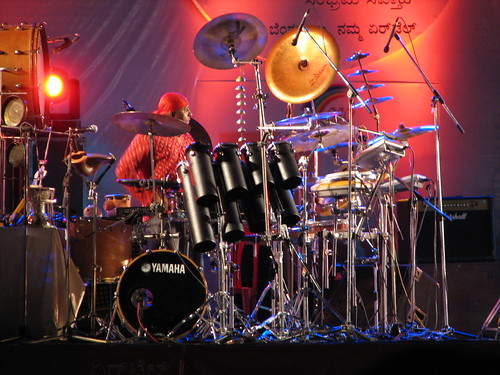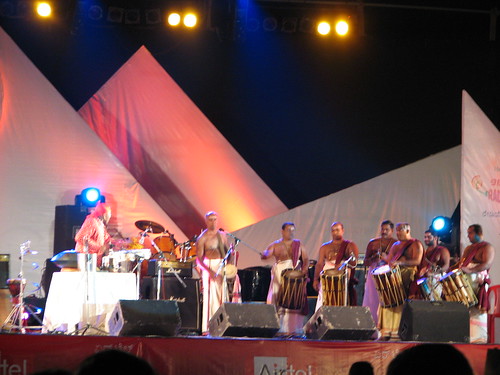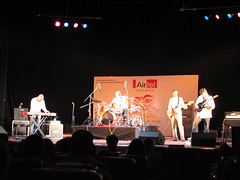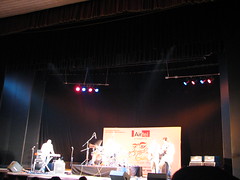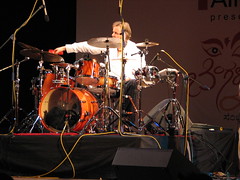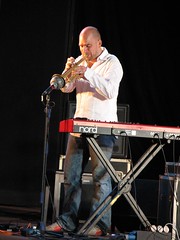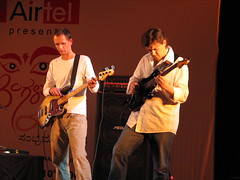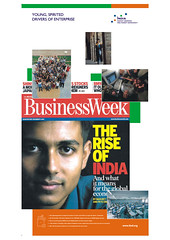A Chat with an entrepreneur: RaghuEntrepreneurialism knows no borders. Though the popular image of startup centers on American enterprises, India has slowly started inhaling the smell of this spirit,mostly after 2003 in a big way.And now with many large Indian firms and the offshore development/support/services units of numerous MNC’s mushrooming in Indian cities offering the same,monotonous and regular job, young people are attracted as never before to the idea of starting their own businesses.
To be sure, Indians still tend to be more risk-averse than their counterparts in the U.S. The culture of entrepreneurialism isn't as well developed—nor is the infrastructure of business mentors, startup support services, and risk financing. But for a growing class of young entrepreneurs with good ideas and a strong work ethic, those impediments don't matter. Their passion to succeed overcomes the barriers. Things are definitely starting to happen. This weekend I spoke to one such person Raghu (Rags), who quit his job to start his own firm in Bangalore,
Conceptwaves. Tell me about yourself?Rags: I graduated in Computer Science from IIT Guwahati in 2000.After that I was with Hughes Software Systems from 2000-2003,working in Maryland US for some part of the time. It was during this tenure that I learnt topics other than my regular technical work such as Business Process Modelling and Re-engineering. After this I served under IBM Software Labs, India for one year and it was during this time an idea that had cropped in my mind while in college really started taking shape. From there on I moved to July Systems (Startup in Mobile Data Services) to study the operational style of a startup in an Indian context before floating my own in 2005.
Tell me about your company and what it does?Rags: ConceptWaves is a software engineering company with a key focus on engineering experiences for its customers. We architect, design, code, test and do what every other "traditional" software firms do, but we do not engineer software, rather we engineer experiences for our customers. We realize that software is not about tons of lines of code but is meant to serve a purpose – and we help in creating a smooth experience for our customers.
The team has two interesting products :
TuningFork and
LifeConnect. TuningFork envisions connecting students, teachers, parents, franchisees, employees, and other players in the eco-system of a professional education service provider through its suite of products. LifeConnect (this product is in its infancy) cater to almost all the needs of any healthcare service provider as far as information is concerned.
What has driven you in the conceptualisation of your idea,please share with me your experiences? Rags: My reasoning was simple and I wanted to do something, which involved the perfect synergy between technology and burgeoning educational service provider sector. Tuningfork targets market in India first. While India has produced a lot of software, most of it has been targeted at western audience. The challenges are that Indian customers want the best quality but at a very reasonable price. That forces you to innovate both on providing high quality experiences and at a very economical price. What this means is that if a company can survive in the Indian market, other turfs will be quite easy to bat on later.
How large is the team ? Are you all based in India? Rags:The team currently comprises 8 people excluding myself, all of whom are based in Bangalore. There are few people in the US who support us through mentorship and technical expertise.
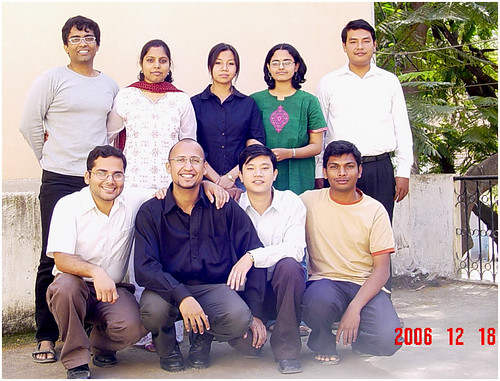 Standing (Raghu on the extreme left,the guy with spectacles.)What are the key technologies you use for product development?Tell me about your recruitment process too ?Rags
Standing (Raghu on the extreme left,the guy with spectacles.)What are the key technologies you use for product development?Tell me about your recruitment process too ?Rags:The product development is centered on technologies in the J2EE and .Net platforms. There is some original and "cool" development work happening using best in breed of technology:
Struts + Struts Layout +
Hibernate .
Also something I wanted to tell you about recruitment, you will be surprised that we have never advertised explicitly for any of the people working here with us. It has just been that each person working with us liked it enough to recommend and bring another friend to our company. This saved us costs of recruitment and also the quality and responsibility of people joining us has been maintained at high standards. We have had zero attrition so far. So what I have personally learnt here is that if you treat your employees well and fair, they will be the biggest brand ambassadors for you.
Ashwin, one of my teammates has less than a year’s experience but he both manages a tech team and designs technical solutions. (
My (i.e. tanay) observation: All the developers are fresh grads from college and in less than a year’s time the kind of product they have rolled out in a stipulated time frame is commendable. Few of the developers have quite their jobs from established firms in less than six months time and accepted this offer as it was a challenge developing a product from scratch.)
What are some of the challenges in your business and how do you plan on tackling them? Rags: Low barriers to entry, Advertising and Promotion, Differentiation are the key challenges according to me.
To be successful, you have to have the right product at the right time, packaged in the right way.Also, it is only when you can build up a brand, or reach that critical mass, that things become interesting.
To tackle these challenges, the quest would be to continue to make better products than the competition, and also to differentiate or carve out a niche in order to make the competition irrelevant. So far our promotional activities have not been organized so much but my team is working in this direction.
Scalability in some manner with zero customisation would also help a great deal in overcoming some of these challenges, as this could produce a highly differentiated offering.
The education sector space that I am looking in has been flooded by low-end offering from a lot of companies already. However, barring for a few, none of them have been able to build a brand around their offerings. This is the gap that we want to address.
Contrary to the common belief, to survive in India, you need to innovate not on just technology and processes fronts but you also need to focus on business model innovation. Innovation on your business model is a sure way to disrupt the existing ecosystem and give you a first mover advantage in the new ecosystem.
How is your startup being funded so far? Did you receive any external funding? If not, do you plan on seeking external funding? Rags :Currently it is all organically funded with the entire financial support coming from the customers. There has been no VC funding or personal investment,even for procuring the hardware and the renting the space for office.We would be looking at external funding if it makes sense at some point in time to scale up any one or all of the products.Shortage of funds at times spurs creativity.We might also explore other investment and exit options as a package somewhere down the road.
What is your take on increasing number of startups in India? Rags:The increasing number of startups in India in the Internet space is not surprising.Lot of development is occurring in all sectors in India and this is fueling Indian economy. India so far has been seen as the technology/offshore development hub but with booming consumerism and economy, India has now become a very important market. Higher Internet and mobile penetration, more India centric business requirments, better connectivity - all these necessitates more applications and hence more startups.
Who are some of your customers? Rags:
T.I.M.E , one of the largest professional education service providers in the country coaching around 50,000 students and with an annual turnover touching 22 million USD. Zee Kannada is also one of our satisfied customers.
On a personal front, who is your role model? Also, anything specific that you like to read? Rags: (
Smiles)There is so much good in the worst of them, so much bad in the best of them, so I don't really have a single role model. I however treasure my dad's faith in me, my wife's practical earthiness,my friends constant support.
Of late,I have become a fan of blogs and do scribble often
here. I like reading books by Philips Kotler, Peter Drucker and the last one which I really found interesting was
The Fortune at the Bottom of the Pyramid: Eradicating Poverty Through Profits by C.K. Prahalad.I also make sure that I read the HBR on a regular basis, though I fight for time now a days.
Do the founders of a startup have to include business people? Rags: That depends. A typical MBA grad follows a structured pattern, as it’s the way he is tutored and so his role is more suited for running a structured system. I believe more in intuition and so want to do it myself. And what I discovered is that business is no great mystery. It's not something like physics or calculus that requires extensive study. I was forced to discard my protective incompetence and am managing the entire cycle in a business cycle starting from planning to client inter-action.
Has the IIT branding helped you?Rags: Definitely, YES. But it brings with it a whole lot of more expectations when interacting with the end customers in terms of delivery standards and product features. Also mind it, these days all the end customers, may it be in big cities or small towns are all knowledgeable and well aware of the market and its changing trends.
Could you please share your secret mantra for other entrepreneurs planning to startup?Rags: You need three things to create a successful startup: to start with good people, to make something customers actually want, and to spend as little money as possible. It’s kind of exciting, when you think about it, because all three are do-able. Hard, but do-able. And since a startup that succeeds ordinarily makes its founders and team members rich, that implies getting rich is do-able too. Hard, but do-able. Making money is not the only goal but enjoying the path of attaining your personal aspirations is more enriching.
Do you have any personal advice/suggestions for current/future entrepreneurs? Rags:Yes, think through your idea well. Explore it from all angles and try to get as many opinions on it as possible. As an entrepreneur it is easy to get carried away with an idea, often ignoring potential pitfalls. Another thing which is really hard is being open to criticism - this is something every entrepreneur should learn to do. Also learn these:
1.Craziness and Laziness (second part is important in life)
2.Contrary to what you hear about the need for being emotionally detached from your work, I would suggest a bit of emotional passion (in a healthy dose) helps you produce more committed results
3.Play to your strengths always! If you are not good at something, get somebody who is good at it to help you. And focus only on your key strengths and things that you enjoy doing most.
4.It is a myth that entrepreneurs love risk. The truth is that you need to have a backup plan for every risk that you take. I am not talking about spending months for planning a backup plan for an activity which was planned in a week though. But you need to have some idea of where you should be heading if your experiment fails.
5.Failure is not necessarily a bad thing. What is, however, is if you miss the lesson and fail again for the same reasons.
So after a long chat, I still had lots to talk to but had to cut it short. During my presence I had seen some things in reality about which I hear ostentatiously in media and read volumes in books.
Be Innovative: I saw Raghu using a USB drive with a MP3 player and recorder. Later I realized that when he discusses any critical architectural design problem, which is beyond his scope of resolving, he records the same and sends the wave file by email to his friends in the US who help him in cracking the problem. A wave file has all the nitty gritties, which a document or e-mail cannot convey, when explaining a technical problem.
Back Up Plan: Raghu has installed BSNL Broadband services at his residence and Airtel Broadband Services in his office, which is just 200 meters from his house. This is to ensure that in case of service failure by either one, the other one is readily available for service.
Cost Cutting: The best of hardware in the form of Flat LCD screens, latest keyboards, ergonomically designed chairs, etc are arranged neatly in a one bedroom house rented to make for office space. Investment is made on essential requirements and he cuts cost by offering his teammates tea/coffee from the nearby local restaurant and has not installed a coffee/tea vending machine. Big Aqua guard plastic jars provide clean drinking water and he is yet to install a Aqua guard gadget.
Raghu and many like him share an unbridled enthusiasm and a fierce desire to succeed. Will all of them make it? May be or May not be. Yet this much is clear. India’s already dynamic future has turned a little bit brighter with the arrival of this bunch."
kuchh kar guzarne ko khoon chala khoon chala" and the spirit continues......
Cross posted at
Desicritics. Check out
here for the top five most innovative and youthful execs in Asian small business today.Note that there are 3 Indians in the top 5. Wow !!!!
Keep reading and remain connected.





